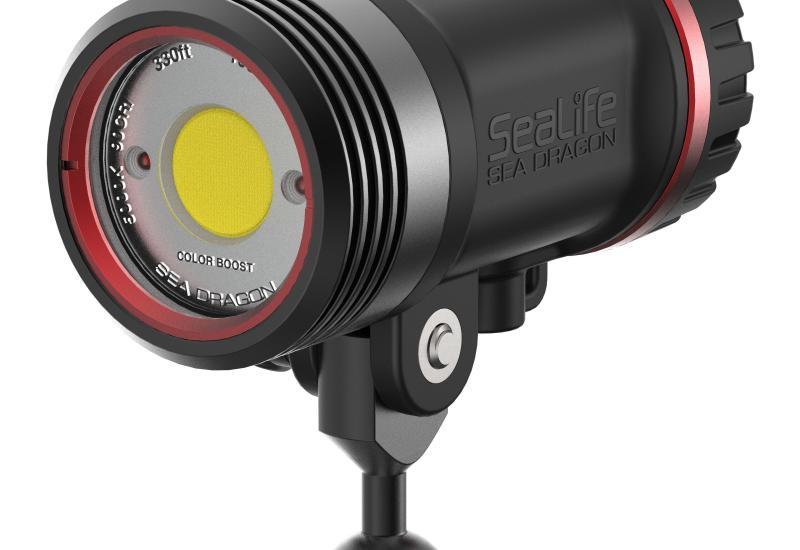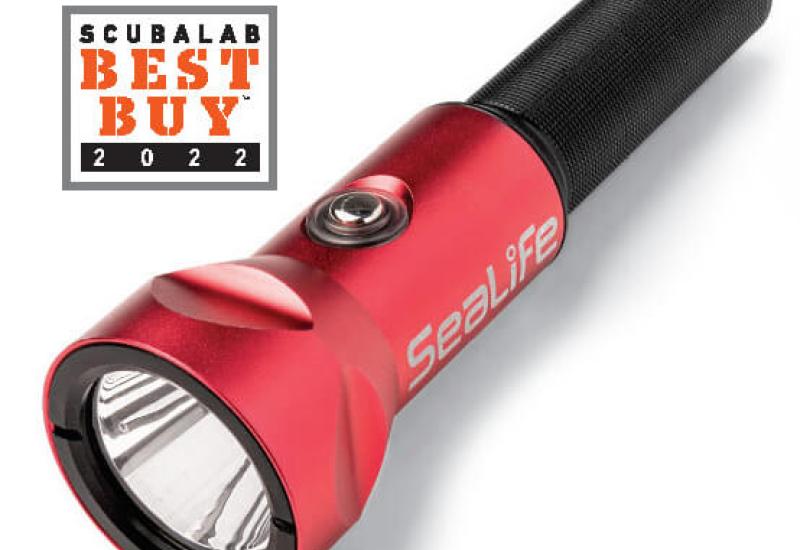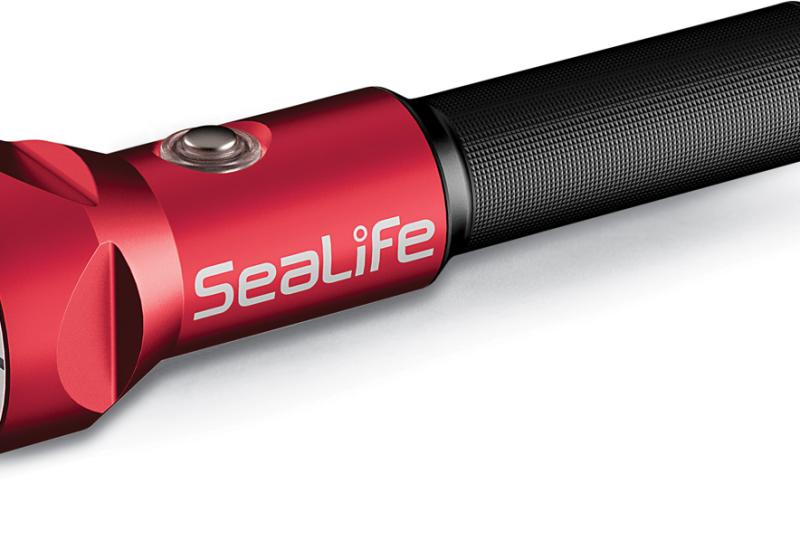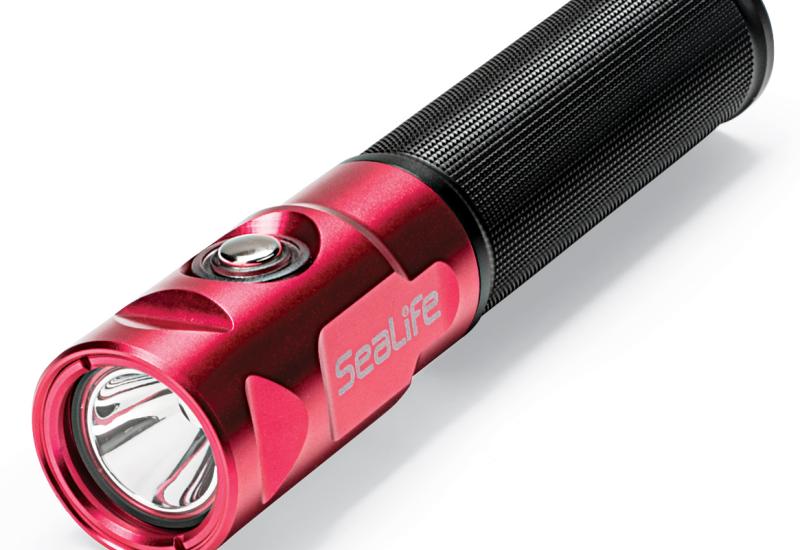ScubaLab: Underwater Camera Systems - Sea&Sea DX-2G

Specifications
| Sensor | 12.1 MP, 7.6x5.7 mm CCD |
| Image Size | Large: 4,000x3,000 to 320x240 at lowest resolution |
| Sensitivity | ISO 64-1600 |
| Image File Formats | JPEG: fine and normal; DNG; RAW |
| Auto Focus | Multi AF, with manual override |
| Exposure Modes | Auto, Program, Aperture Priority, Manual |
| White Balance | Auto, 6 presets and Manual |
| Weight | 7.3 ounces |
| Monitor | 2.7-inch, 460,000 pixel LCD |
| Zoom | Optical: 24 mm to 72 mm; digital to 288 mm equivalent |
| Video Mode | 640x480 or 320x240 (15 or 30 fps) |
| Special Features | Wide-angle conversion lenses available for housing, normal to supermacro focus capabilities, underwater scene mode presets, 180-foot depth rating |
| System as Tested | Sea&Sea; DX-2G camera and housing (sold as a set), Sea&Sea; YS-01 strobe |
| Price as Tested | $1,508 |
| www.seaandsea.com |
The Pros Say
A step above the well-loved Sea&Sea; 1200HD, the DX-2G doesn’t disappoint. This system is ready to go out of the box with a camera and housing that can only be bought together.
The Test Diver Says
I was really excited to use this camera, because it appeared to be really sturdy and capable of being used off the beach through SoCal surf zones — I do a lot of beach diving. The system was compact and fit comfortably in my hands, and the housing was set up for easy access to the menu buttons, as well as to the shutter trigger and open/close latch. Make sure you have the flash arm set up on the correct side of the mounting so you can open the latch and get to the camera without removing it from the mount. I also found that setting up the flash on the left side —as you are holding the camera — is much more efficient. The flash was initially set up on the right side. In this position, I found it wasn’t as easy to hold the system, press buttons, etc. It’s a simple fix and made all the difference in comfort and ease of use. The external flash had two settings — TTL (through the lens) and Other. I found Other was the best setting because I didn’t get enough light for good underwater shots with the TTL. (TTL did produce good land shots, however.) Once I set it to Other, I adjusted the flash dial for full flash, half flash, etc. as needed for whatever and wherever I was shooting — under the kelp, deep and dark, or shallow with more sunlight — and my pictures began to come out really nice. The menu buttons were easy to use although two didn’t work (Display and Delete), so I was unable to delete my bad shots with the camera in the housing. It was pretty easy to access most functions without direction. I could navigate intuitively through the menu with the exception of white balance, and sometimes I would get into part of the menu and not know how to get out of it; however, after a half-dozen tries, I did figure it out. With the camera in Sea&Sea; Picture Mode and using the Other flash setting, I had a great time hunting for and taking great pictures in both regular/landscape/portrait modes as well as macro. I really liked the macro capability. With the external flash I was able to get some pictures of things that I could never get to come out good with my personal point-and-shoot (which doesn’t have an external flash). The camera also has a video setting that was easy to get in and out of and use while underwater. The only negative I encountered was that the zoom function zoomed in “steps” rather than in a smooth, continuous movement. This camera definitely has everything I would need as a beginning photographer, and it’s hardy enough for me to enjoy off the beach without worrying about damaging it in the surf. — Sheri Bauer
| August 2010 Issue Scuba Lab Review Quick Links |
|---|
| Optical Cameras |
| --- |
| Canon Powershot D10| Fisheye Fix for the Canon G11 |
| Fisheye Fix for the Canon S90| Sea&Sea; DX-2G |
| Bonica for the Sony T90| |
| Micro Four-Thirds Camera |
| --- |
| Olympus PT-EP01 for the E-PL1 |
| Digital SLR Cameras |
| --- |
| Ikelite for the Nikon D90| Nauticam for the Canon 7D |

Specifications
| Sensor | 12.1 MP, 7.6x5.7 mm CCD |
| Image Size | Large: 4,000x3,000 to 320x240 at lowest resolution |
| Sensitivity | ISO 64-1600 |
| Image File Formats | JPEG: fine and normal; DNG; RAW |
| Auto Focus | Multi AF, with manual override |
| Exposure Modes | Auto, Program, Aperture Priority, Manual |
| White Balance | Auto, 6 presets and Manual |
| Weight | 7.3 ounces |
| Monitor | 2.7-inch, 460,000 pixel LCD |
| Zoom | Optical: 24 mm to 72 mm; digital to 288 mm equivalent |
| Video Mode | 640x480 or 320x240 (15 or 30 fps) |
| Special Features | Wide-angle conversion lenses available for housing, normal to supermacro focus capabilities, underwater scene mode presets, 180-foot depth rating |
| System as Tested | Sea&Sea; DX-2G camera and housing (sold as a set), Sea&Sea; YS-01 strobe |
| Price as Tested | $1,508 |
| www.seaandsea.com |
The Pros Say
A step above the well-loved Sea&Sea; 1200HD, the DX-2G doesn’t disappoint. This system is ready to go out of the box with a camera and housing that can only be bought together.
The Test Diver Says
I was really excited to use this camera, because it appeared to be really sturdy and capable of being used off the beach through SoCal surf zones — I do a lot of beach diving. The system was compact and fit comfortably in my hands, and the housing was set up for easy access to the menu buttons, as well as to the shutter trigger and open/close latch. Make sure you have the flash arm set up on the correct side of the mounting so you can open the latch and get to the camera without removing it from the mount. I also found that setting up the flash on the left side —as you are holding the camera — is much more efficient. The flash was initially set up on the right side. In this position, I found it wasn’t as easy to hold the system, press buttons, etc. It’s a simple fix and made all the difference in comfort and ease of use. The external flash had two settings — TTL (through the lens) and Other. I found Other was the best setting because I didn’t get enough light for good underwater shots with the TTL. (TTL did produce good land shots, however.) Once I set it to Other, I adjusted the flash dial for full flash, half flash, etc. as needed for whatever and wherever I was shooting — under the kelp, deep and dark, or shallow with more sunlight — and my pictures began to come out really nice. The menu buttons were easy to use although two didn’t work (Display and Delete), so I was unable to delete my bad shots with the camera in the housing. It was pretty easy to access most functions without direction. I could navigate intuitively through the menu with the exception of white balance, and sometimes I would get into part of the menu and not know how to get out of it; however, after a half-dozen tries, I did figure it out. With the camera in Sea&Sea; Picture Mode and using the Other flash setting, I had a great time hunting for and taking great pictures in both regular/landscape/portrait modes as well as macro. I really liked the macro capability. With the external flash I was able to get some pictures of things that I could never get to come out good with my personal point-and-shoot (which doesn’t have an external flash). The camera also has a video setting that was easy to get in and out of and use while underwater. The only negative I encountered was that the zoom function zoomed in “steps” rather than in a smooth, continuous movement. This camera definitely has everything I would need as a beginning photographer, and it’s hardy enough for me to enjoy off the beach without worrying about damaging it in the surf. — Sheri Bauer
| August 2010 Issue Scuba Lab Review Quick Links |
|---|
| Optical Cameras |
| --- |
| Canon Powershot D10| Fisheye Fix for the Canon G11 |
| Fisheye Fix for the Canon S90| Sea&Sea; DX-2G |
| Bonica for the Sony T90| |
| Micro Four-Thirds Camera |
| --- |
| Olympus PT-EP01 for the E-PL1| |
| Digital SLR Cameras |
| --- |
| Ikelite for the Nikon D90| Nauticam for the Canon 7D |









